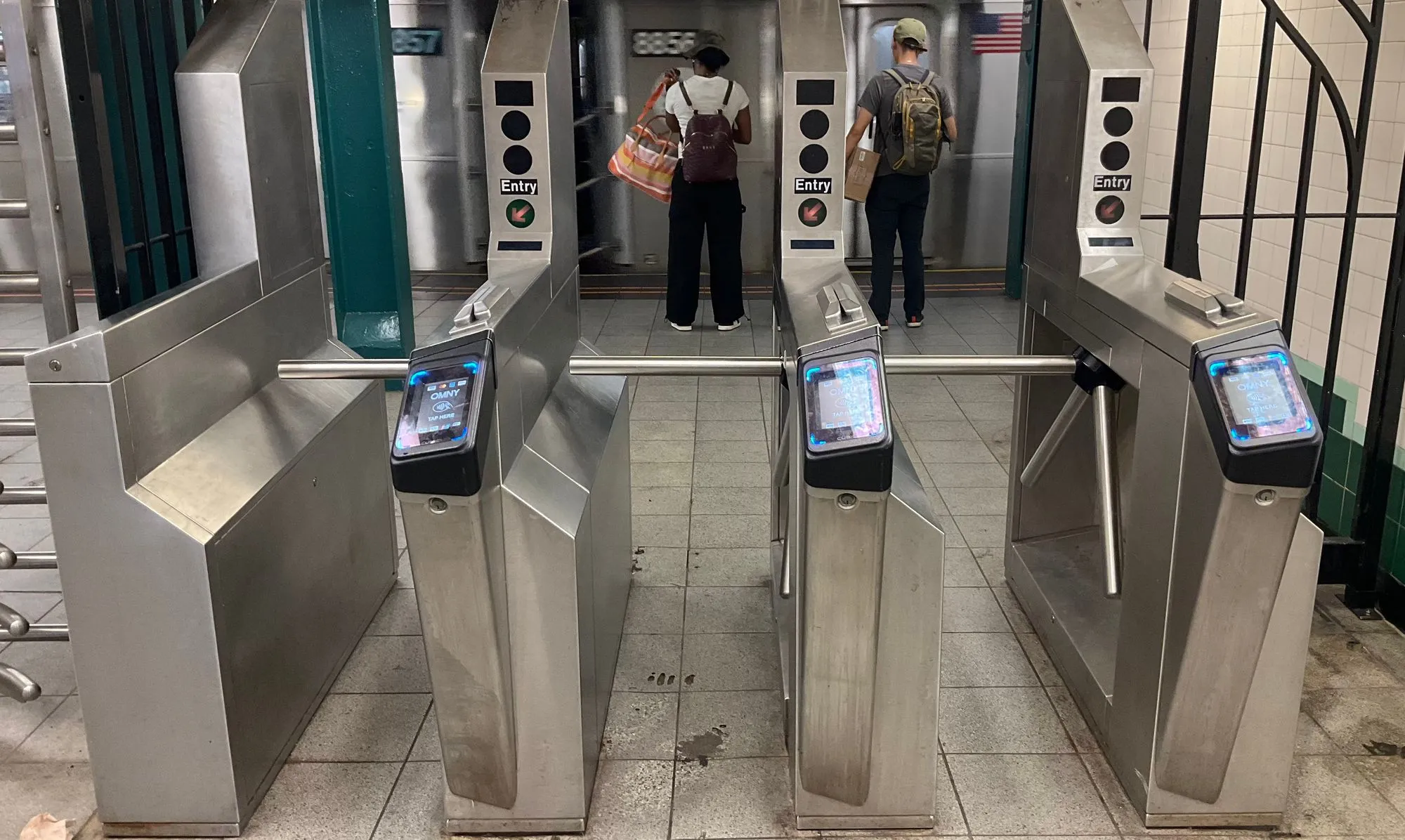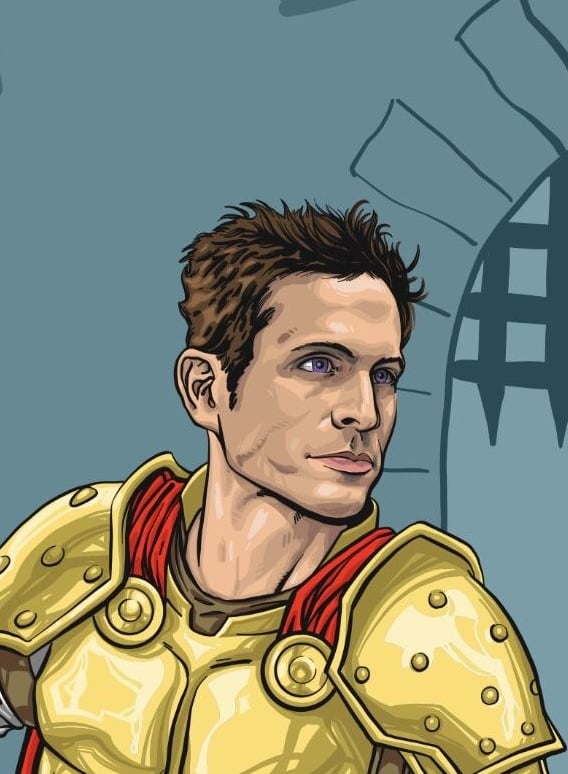…During all this monitoring, I wasn’t anywhere near the rider. I didn’t even need to see them with my own eyes. Instead, I was sitting inside an apartment, following their movements through a feature on a Metropolitan Transportation Authority (MTA) website…
This is a security flaw for sure, but it’s not nearly as serious as the article makes it out to be. You have to know the person you are targeting, you have to know which credit card they used to pay for their subway credits, and then you have to know the credit card number of that credit card. If you are in a position to know all that, then you are probably already in a position to stalk them using other/superior methods.
I think it’s exactly as big a deal as the article makes it out to be. Think of abusive partners. Transphobic parents. Waiters or bartenders who want to stalk the pretty girl they just checked out.
I know that the Apple credit card doesn’t have a number printed on it (iirc), and I think some of the payment systems essentially use a unique credit card number per purchase. I’m not sure if those kinds of things would help here.
But this is both dangerous and absolutely idiotic. Someone came up with an idea, so robe’s manager ram with it without talking to legal or security, and it got pushed live. It should absolutely be pulled.
there’s long lists of exactly that information available from purchase online. chances are your credit card company is the one selling it.
And most people don’t have dozens of cards, so they can just run their numbers through…
If they allow access without any other form of authentication, I wonder what kind of protections they have against brute forcing credit card numbers.
You could pick up a recipe with the first and last digits and hammer away.
I wonder what kind of protections they have against brute forcing credit card numbers.
I would imagine there aren’t any. Whenever a product or service is created, there’s little to no foresight, it’s all about the ease of profits and the eventual lawsuits that come afterwards are usually seen to be a small percentage of what they’ll make.
Receipts usually only show last 4 digits. That leaves 12 more digits to brute force through. only 999,999,999,999 (basically, 1 trillion combinations). You’ll find lots of positive matches for other valid cards in that range, so you still wouldn’t know which one belongs to your mark.
eh…Not entirely. Lets start with a simple thing- whoever is stalking a specific person likely purchased a dossier with enough information to get a credit card check (or full on background check too). they likely know companies whose cards you have.
Credit card numbers follow a formatting guidelines (linked above). the first number is most likely going to be a 4, 5, or 6, and possibly a 3. (representing Visa, MC, Disc, and amex, respectively.) the next three digits are the bank identification number- so lets say you have a bank-issued visa check card.
The remaining digits except the last are your account information- the last digit is a check number. Most banks will use a process for numbers as well, identifying the type of account that the card goes to, etc, refining the number of possibilities even further.
All that said, though, chances are bad actors won’t be brute forcing anything at all- they’ll just buy the information. At worst, they try two or three numbers and convince the system they’re you.
This should be shared to privacy@lemmy.ml
Other cities let you pay for transit directly via a credit card. Surely places like London have come up with a solution to this problem.
NYC supports this too
Creep acts creepy and then writes article about how creepy it all was
With their consent, I had entered the rider’s credit card information—data that is often easy to buy from criminal marketplaces, or which might be trivial for an abusive partner to obtain—and punched that into the MTA site for OMNY
Didn’t actually read it did you?







